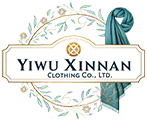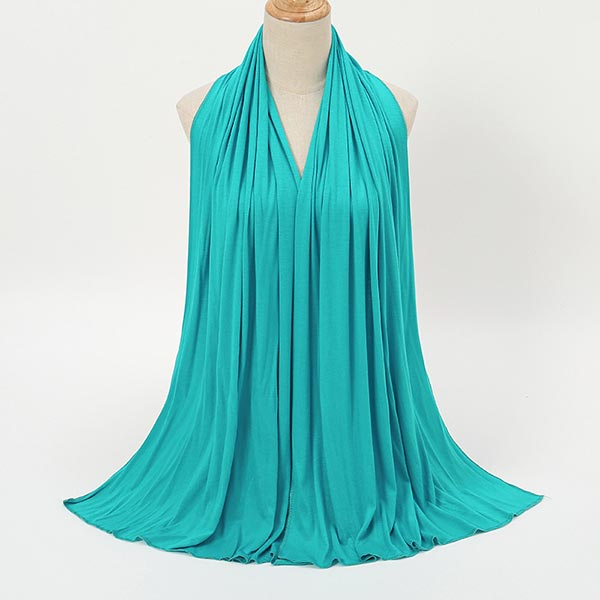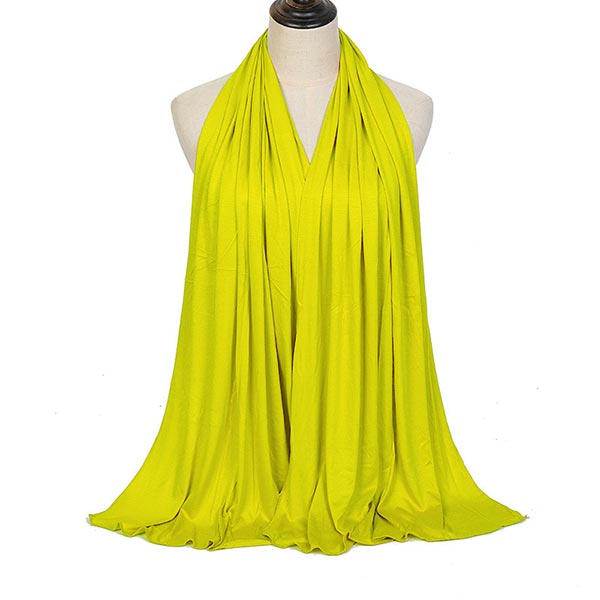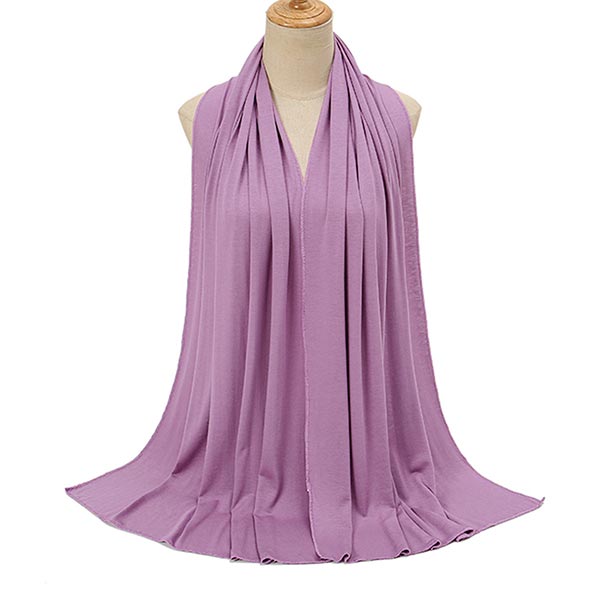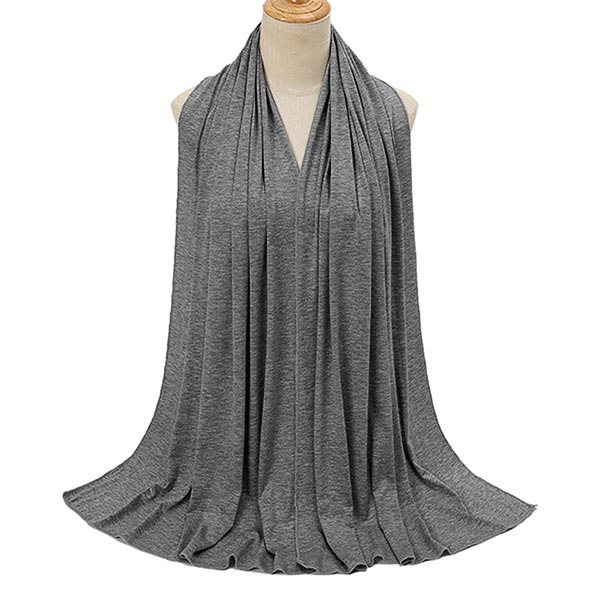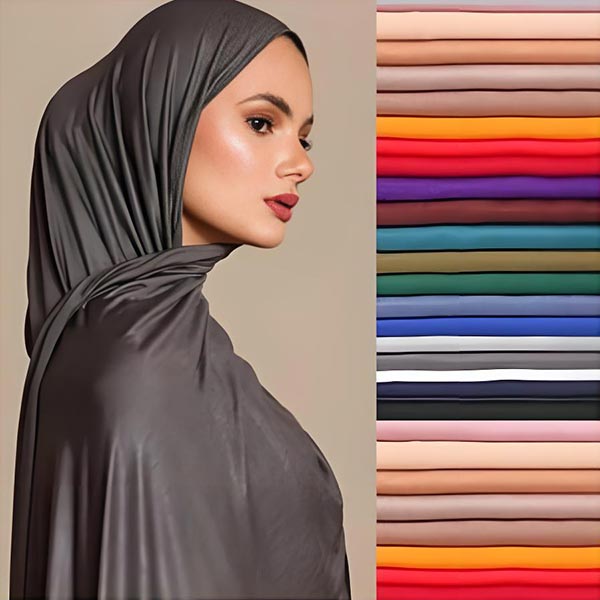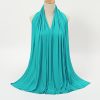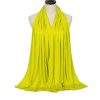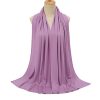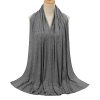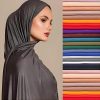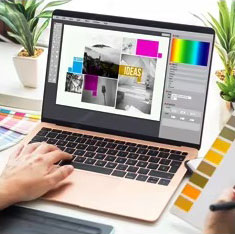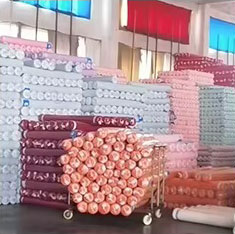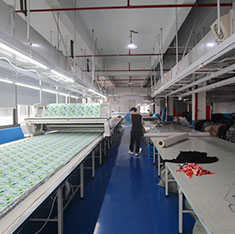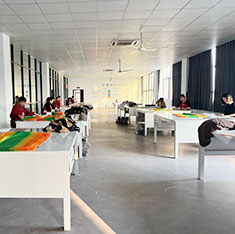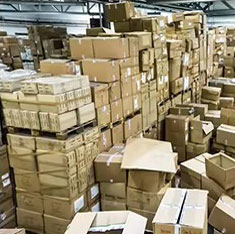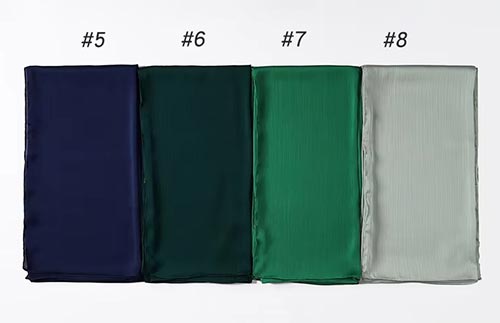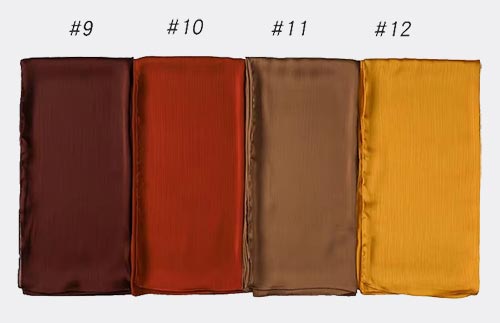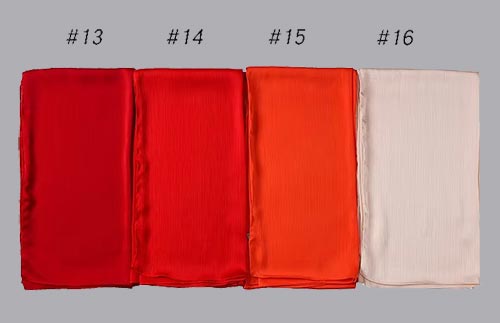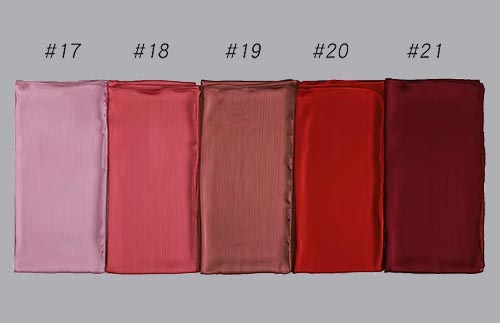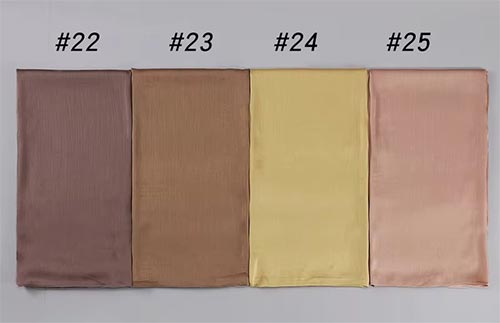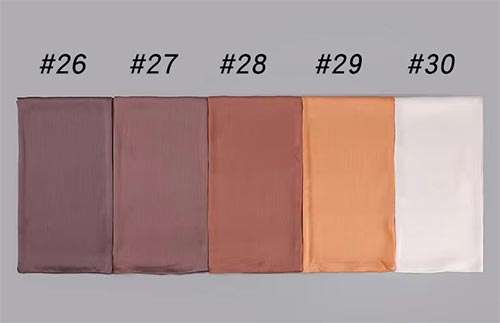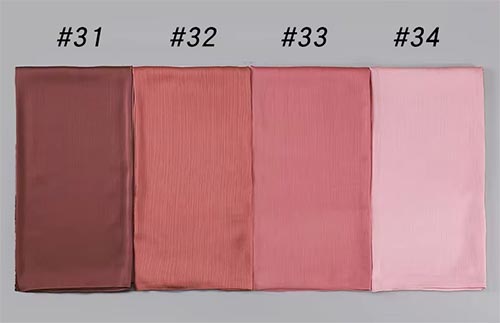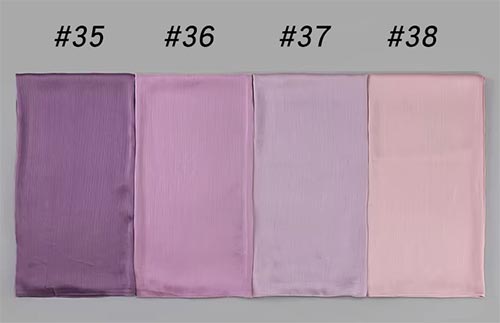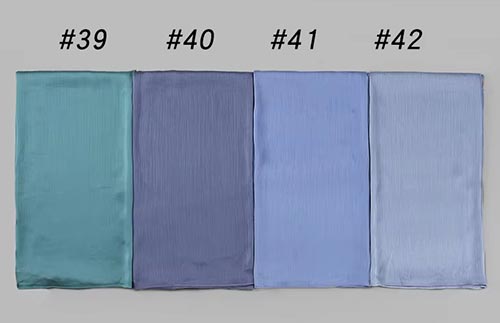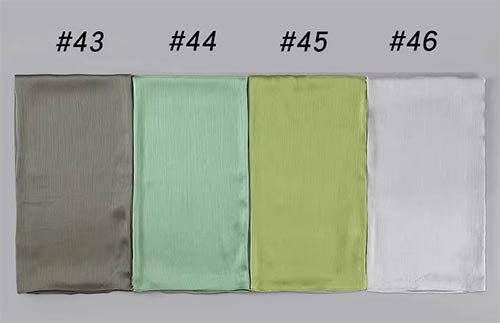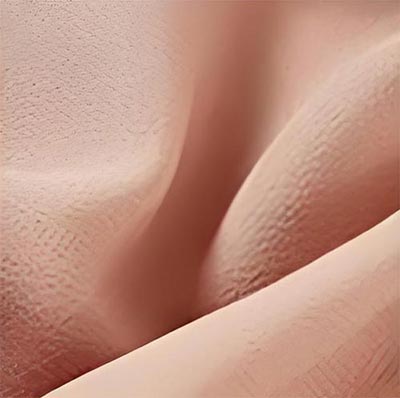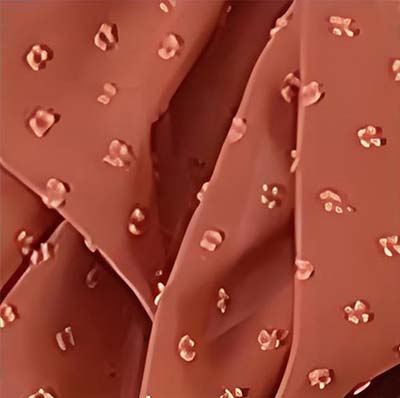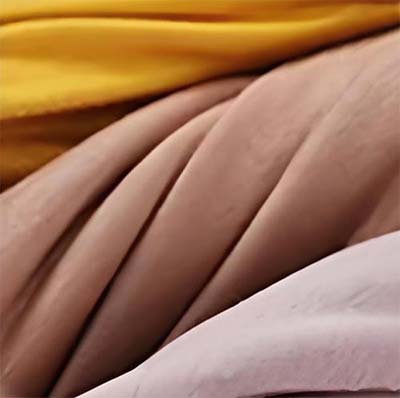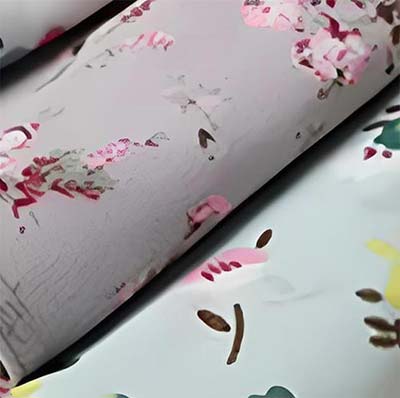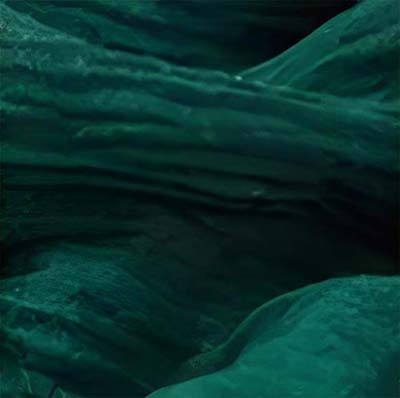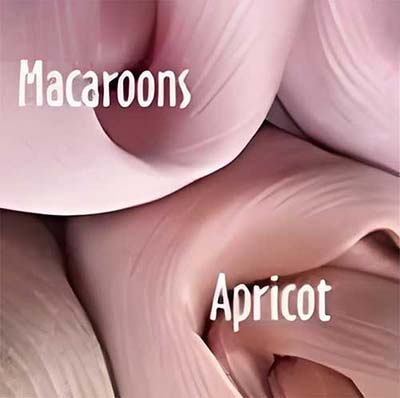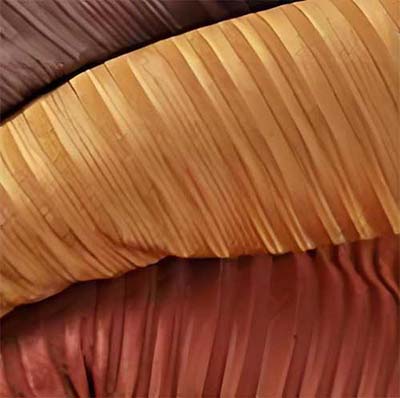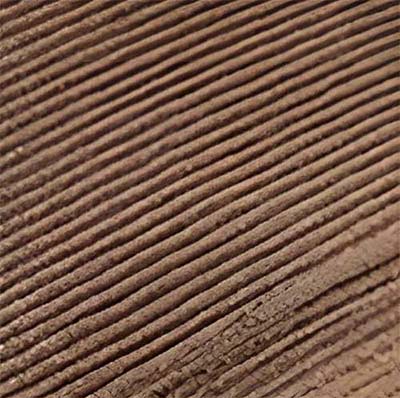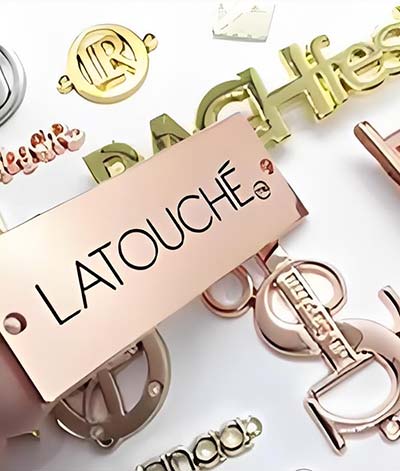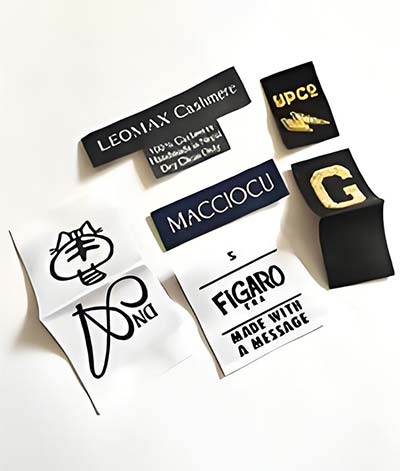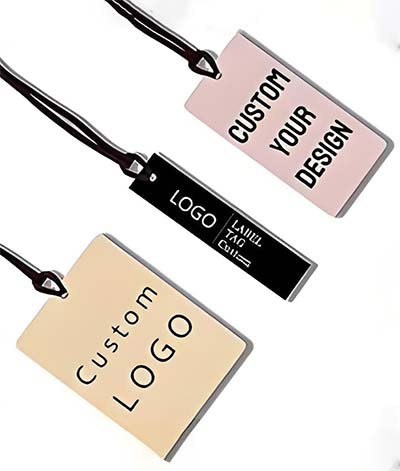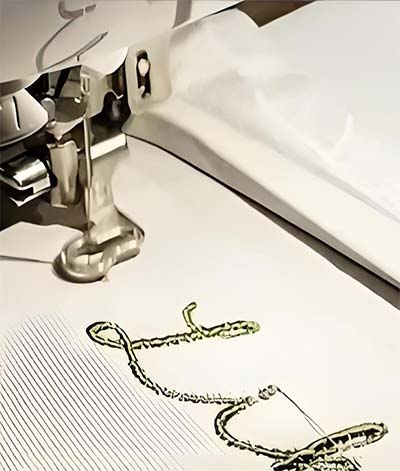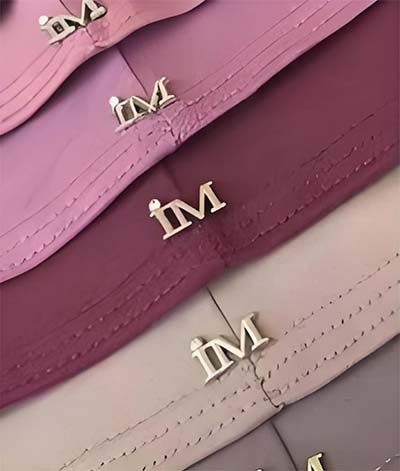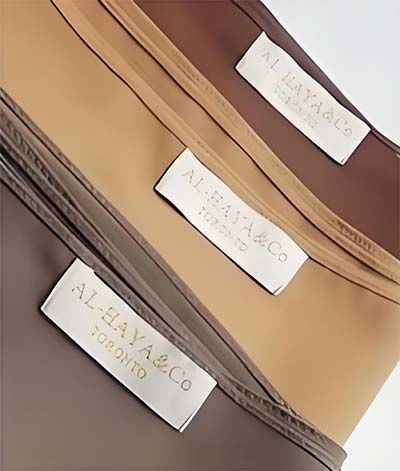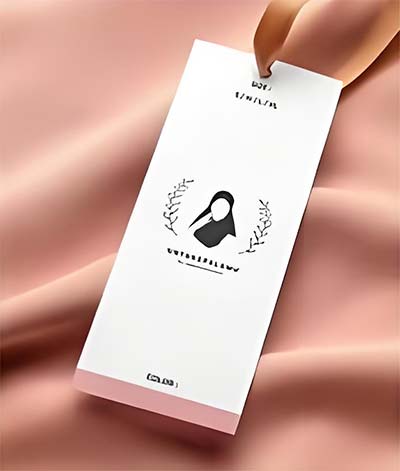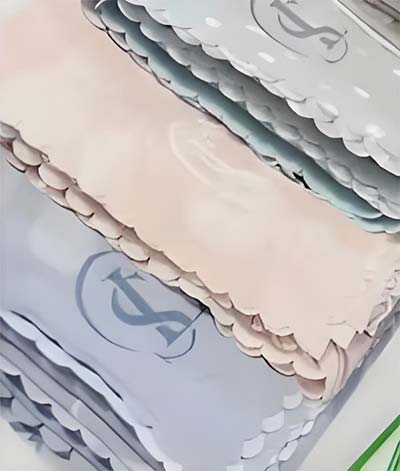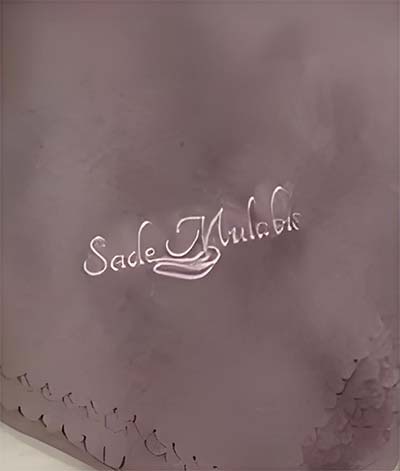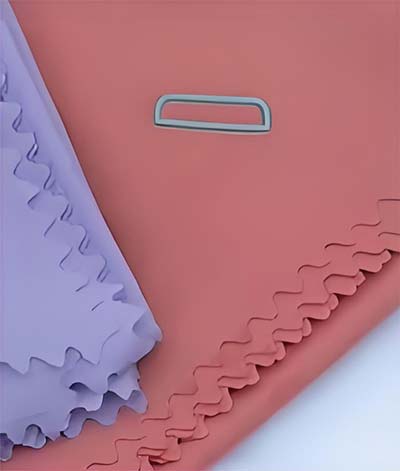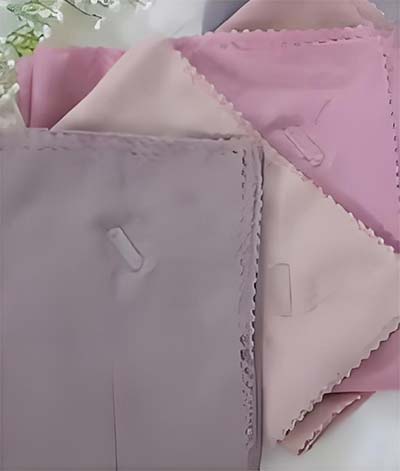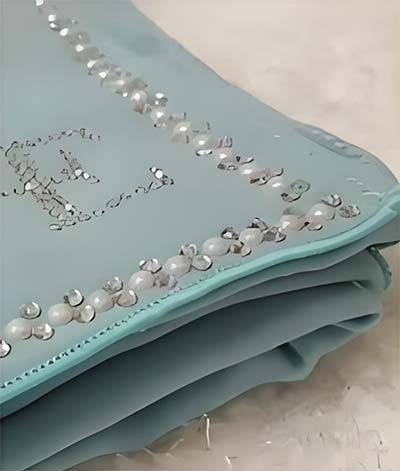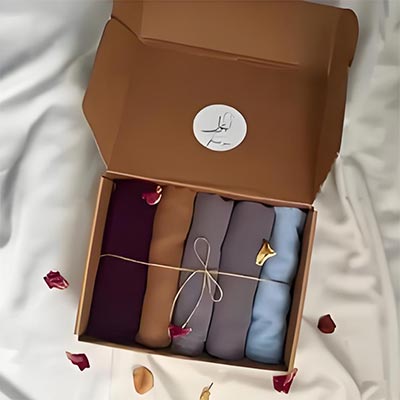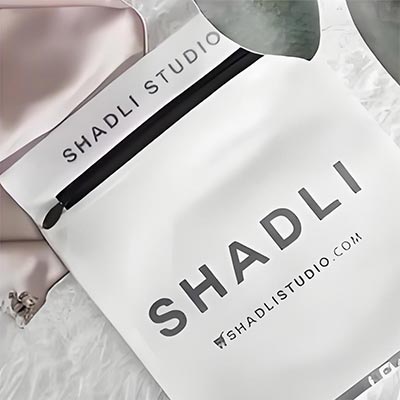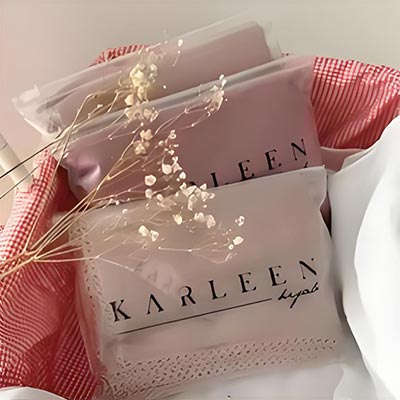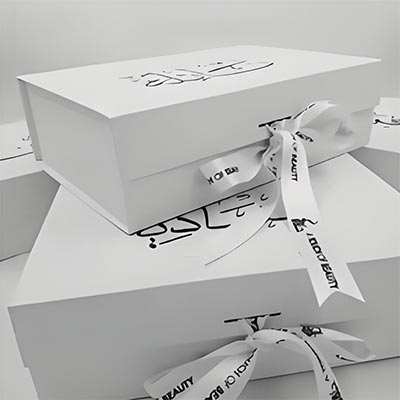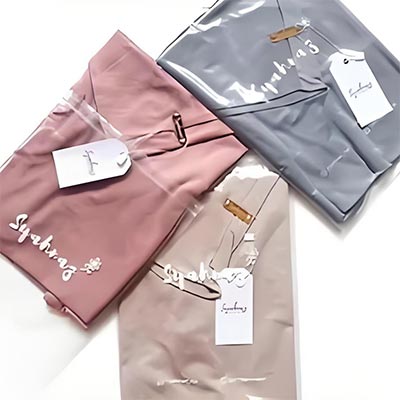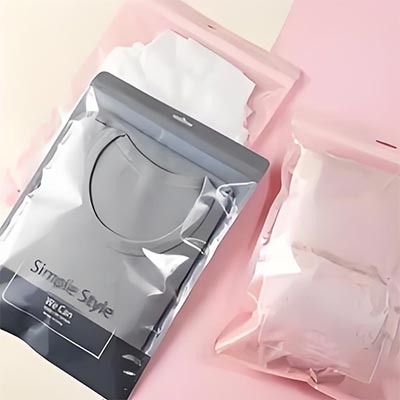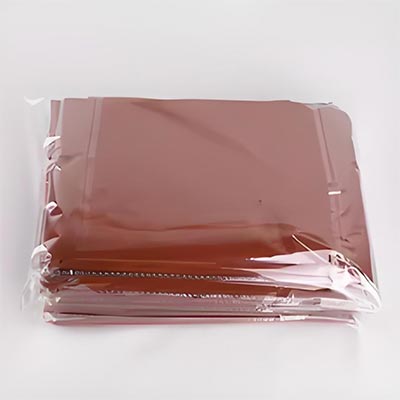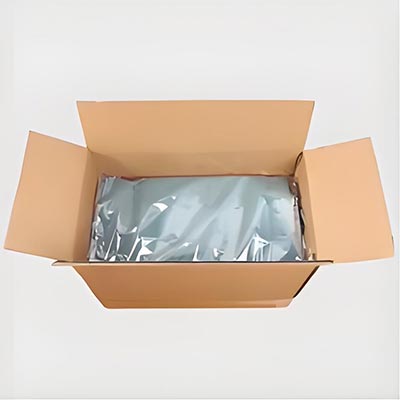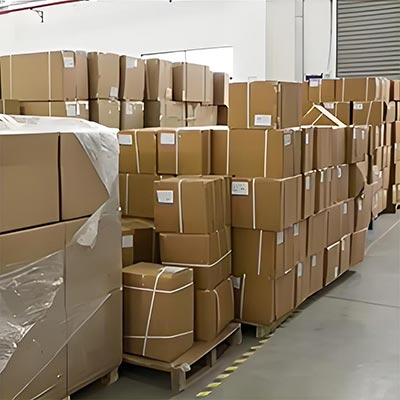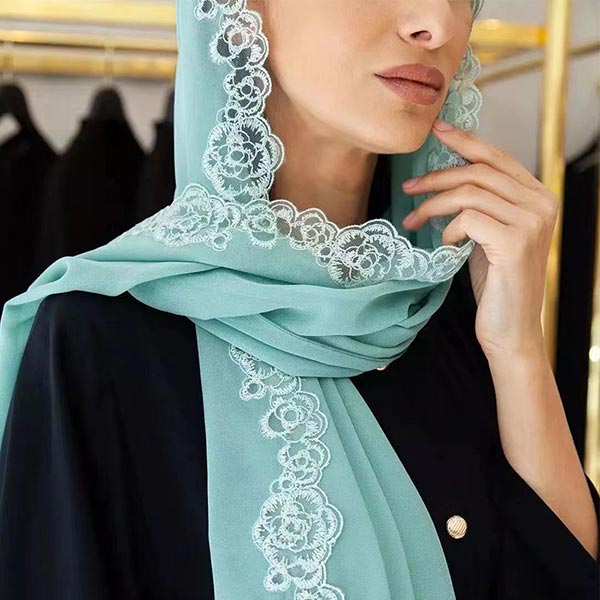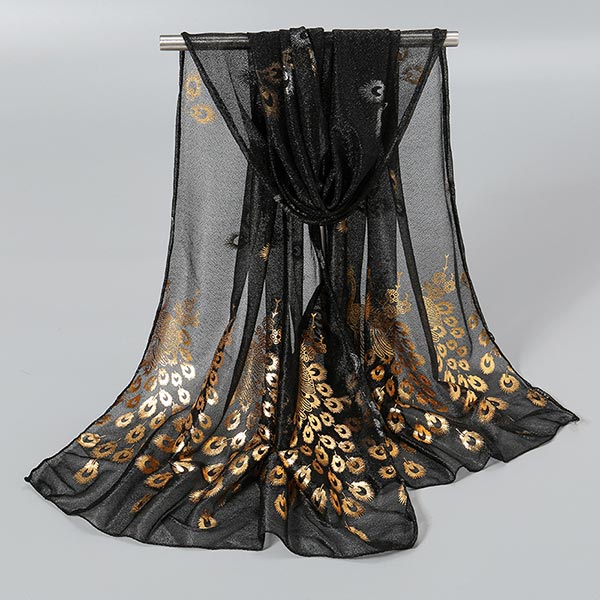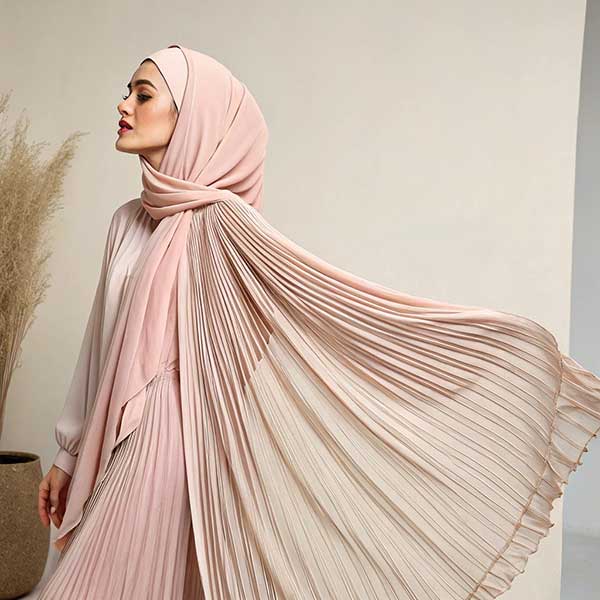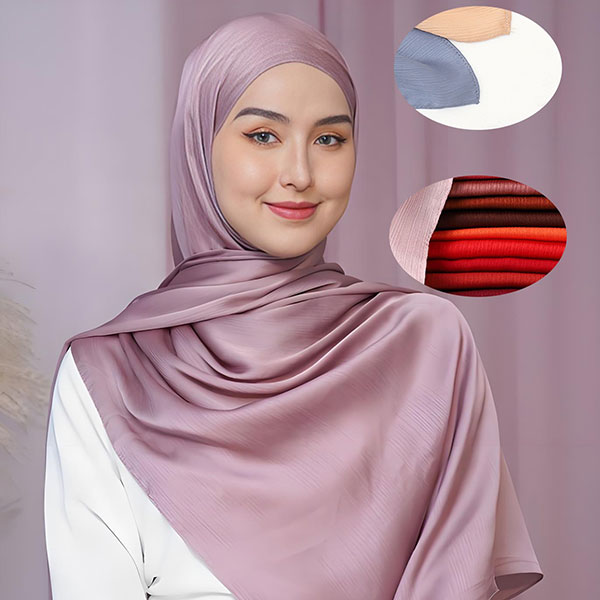In the alleys of the old city of Cairo, under the plane trees in Beirut, or in front of the glass curtain wall in Dubai – there is always a headscarf, like a breathing cloud, gently wrapping the wind and sand and the sun, and also tying elegance and calmness in the hair. This Middle Eastern Solid Color Mercerized Cotton Headscarf is not a reproduction of tradition, but a restatement of desert aesthetics with modern technology: it uses the most authentic attitude to make every inch of fabric a cultural code connecting the past and the present.
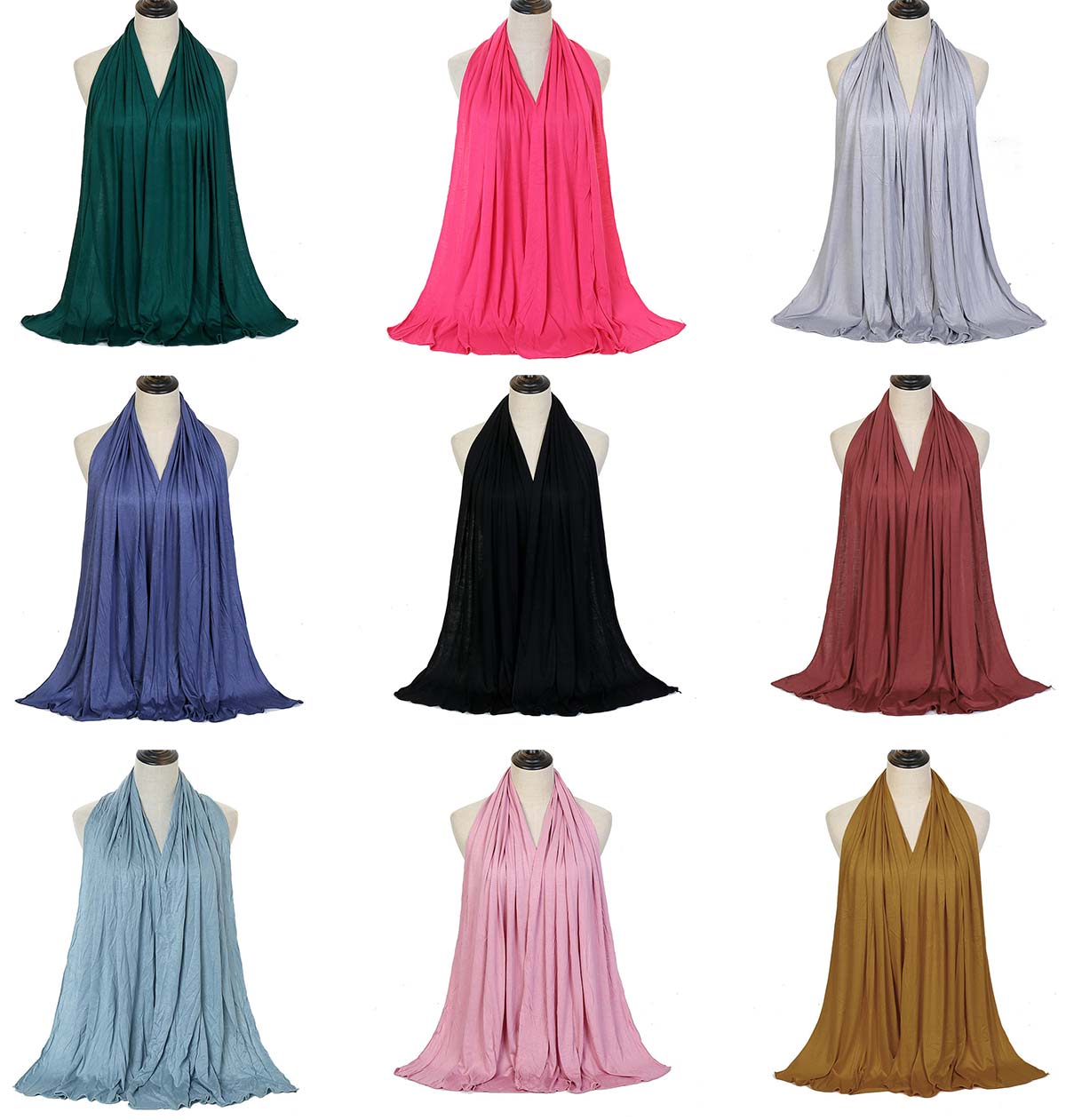
In the land of the Middle East, the sun is as blazing as flames, and the wind and sand are rolling endlessly. The fabric of this headscarf is born for such a climate. This Solid Color Mercerized Cotton Headscarf is made of 100% Xinjiang long-staple cotton. After mercerization, a smooth glaze layer is formed on the surface of the cotton fiber, which feels as smooth as silk, but has the natural skin-friendly feel of cotton. When exposed to the sun, the cloth surface has a soft luster, like a layer of fine gold foil. When it is applied to the skin, it is cool but not icy. It absorbs moisture and perspiration 30% faster than ordinary cotton, and can keep the neck dry even at a high temperature of 40°C.
What’s even better is its toughness, with twice the tensile strength in the warp direction compared to ordinary cotton, making it less prone to pilling even when folded and worn repeatedly. The edge adopts the edge wrapping and locking process, and the wiring is as fine as hair. Even if it is rubbed by wind and sand thousands of times, it still maintains a neat contour. The Solid Color Mercerized Cotton Headscarf is like a silent guardian, gently carrying the wind and sand, and guarding the wearer’s dignity with toughness.
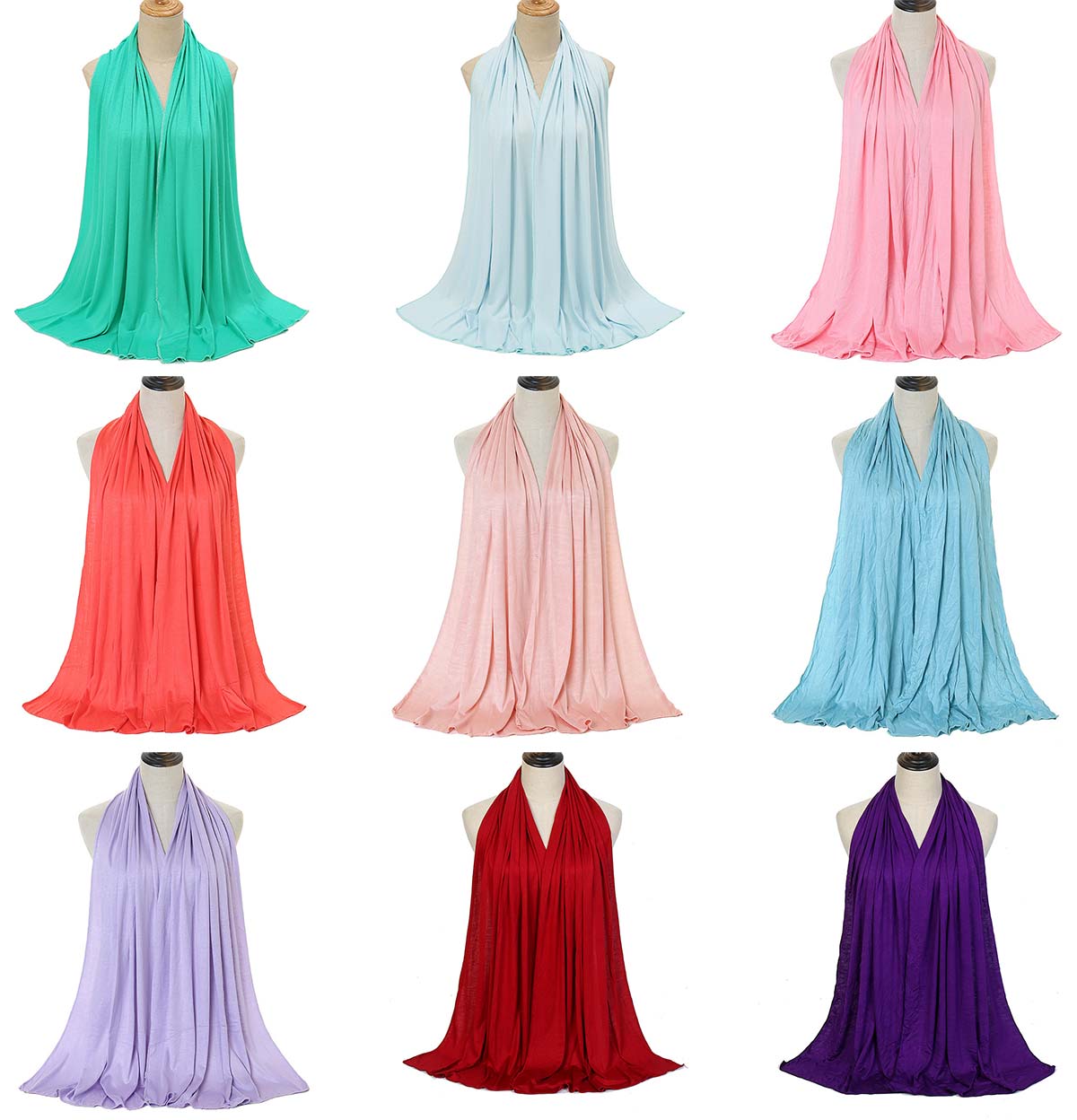
Rejecting fancy patterns, only using colors to tell stories, the 6 solid colors of this headscarf are all inspired by the original colors of the earth in the Middle East:
- Sand gold: Like the sand kissed by the sunset in the Sahara Desert, warm but not burning, paired with a black robe is a classic desert princess, and paired with jeans is a collision of exoticism and modernity.
- Moon white: Like the morning mist in the Persian Gulf, it is so clear that it can reflect the shadow of clouds. It is a Middle Eastern literary girl with a plain dress, and it can neutralize the seriousness of the workplace with a suit.
- Tea brown: Like the color on an ancient pottery jar The glaze color has accumulated thousands of years of spices and stories. It is gentle like a grandmother when paired with a national style long skirt, and instantly turns into a street artist when paired with a leather jacket.
- Indigo: It is taken from the dye vat of Iranian tie-dyed cloth, as deep as the night sky. It is a Bedouin princess when paired with silver jewelry, and a mysterious muse of the modern city when paired with a pearl necklace.
- Olive green: Like the branches and leaves of the Syrian olive grove, it is full of vitality and calmness. It is a desert warrior when paired with a military green coat, and gentle power when paired with a beige sweater.
- Milky white: Like the purity of camel milk, it is not picky about skin color or occasion. From the bread stalls in the morning market to the mosques in the evening, it is always the most decent existence.
These colors are not aggressive, but they have their own memory points. Looking from a distance, you can know that it belongs to the Middle East and is elegant with warmth.
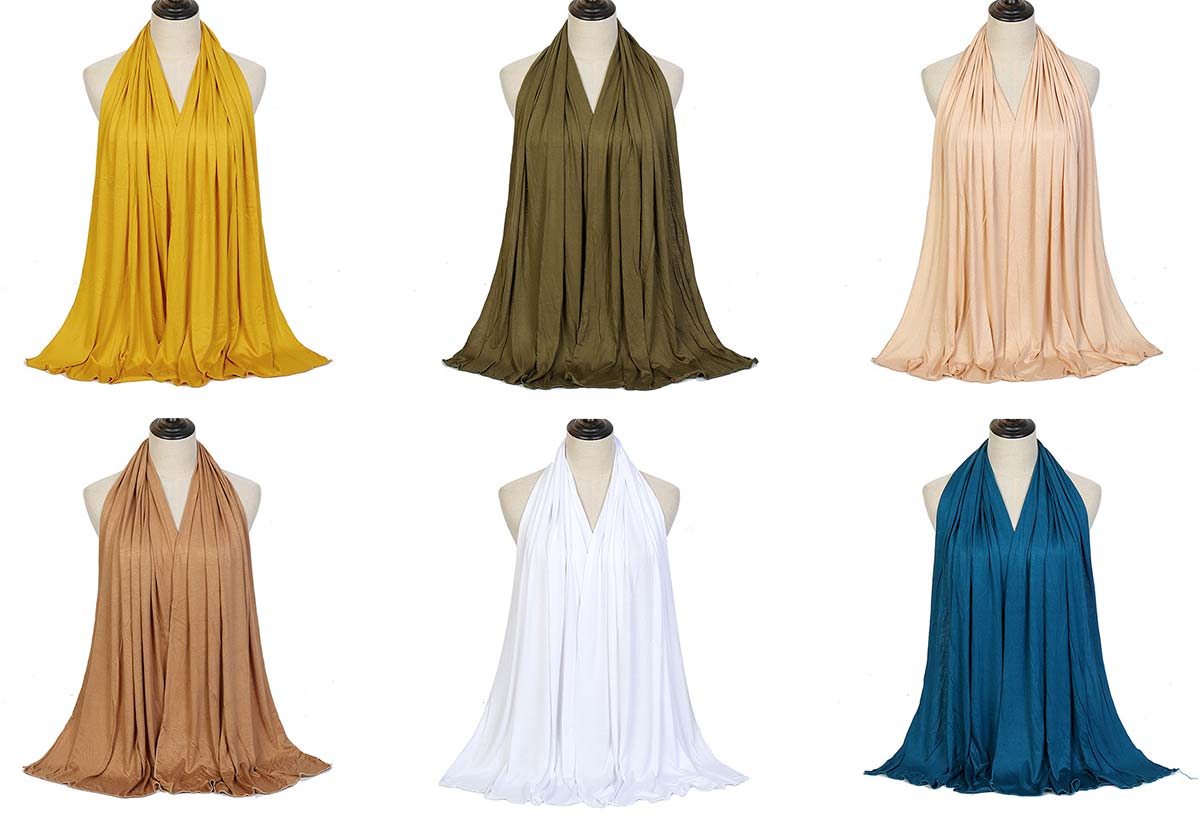
In the Middle East, hijabs have never been a single head-wrapping tool, but a talking garment. This Solid Color Mercerized Cotton Headscarf, This flexibility is brought to the extreme:
- Traditional tying method · Desert ritual sense : Fold the headscarf into a triangle, wrap one corner around the top of the head, and cross the other two corners behind the head and tie them tightly. The tail naturally falls to the shoulder. It is a classic style of Bedouin women. It can protect the hair and neck in windy and sandy days, and it looks like a flowing gauze curtain in the sun.
- Modern deconstruction · Urban fashion sense : Fold the headscarf into a thin strip, wrap it into a loose headband, and leave 10cm of hair at the end to spread naturally. Pair it with a high ponytail or a low bun. It is the standard outfit for lazy bloggers to go out.
- Pragmatism · Multi-scene adaptation : Remove it and tie it to the bag handle, instead of the monotonous bag rope, and instantly give the tote bag a Middle Eastern handmade texture. Wrap it around your neck as a scarf, which is warm and not heavy, and is more suitable for the temperature difference in the Middle East than a cashmere scarf. It can even be spread on a picnic mat as a temporary dust cover. The wisdom of using a scarf for multiple purposes is hidden. In every wrinkle.
In the morning, I went to the market to buy spices. The wind blew the fragrance of dates. The headscarf gently covered me, blocking the dust without preventing me from smelling the sweet fragrance.
In the afternoon, I attended a family gathering and tied a corner of it on my wrist. The elders would smile and say, “This color looks like the headscarf I had when I was young.” The young cousin came over and asked, “Where did you buy it? I want the same one.”
In the evening, I sat on the rooftop to watch the sunset. I put the headscarf loosely on my shoulders. The wind lifted a corner, revealing the pearl earrings behind my ears. It turns out that tradition and modernity have never been opposites.
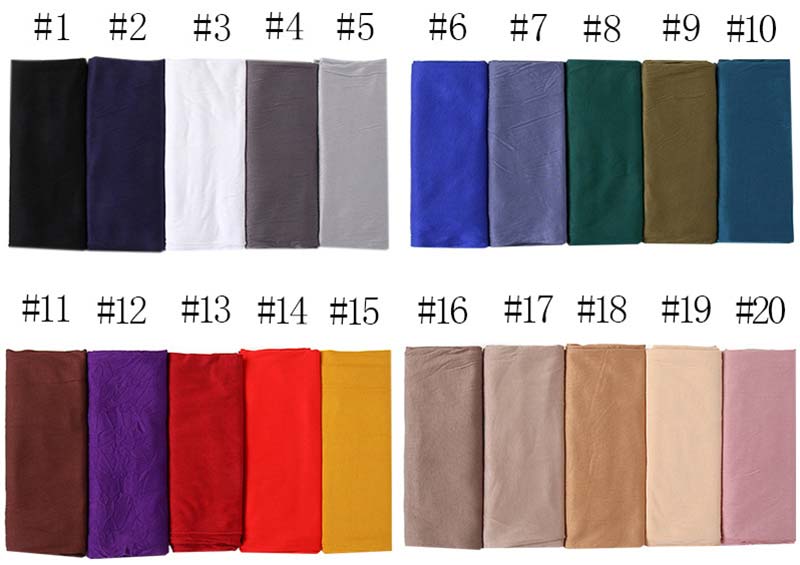
This Middle Eastern Solid Color Mercerized Cotton Headscarf is the wind in the desert, the moon in the ancient city, the concern that my mother sewed into the fabric, and the cultural medal that modern women wear. It tells you in the simplest way:
- True beauty never needs to be deliberately complicated.
- True elegance is to wear tradition as daily life and wear culture as scenery.
—— May it accompany you, from morning mist to starry night, and tie every inch of time into a gentle poem.
